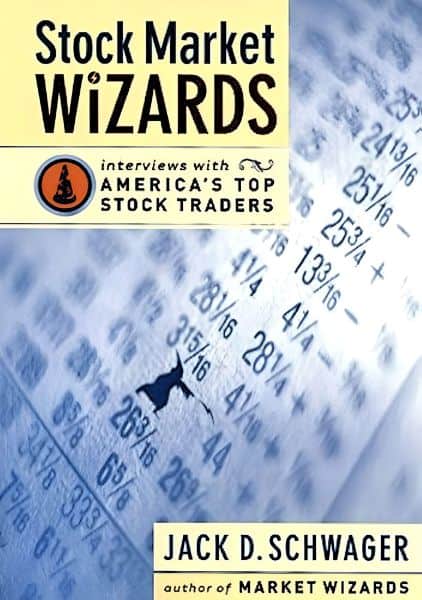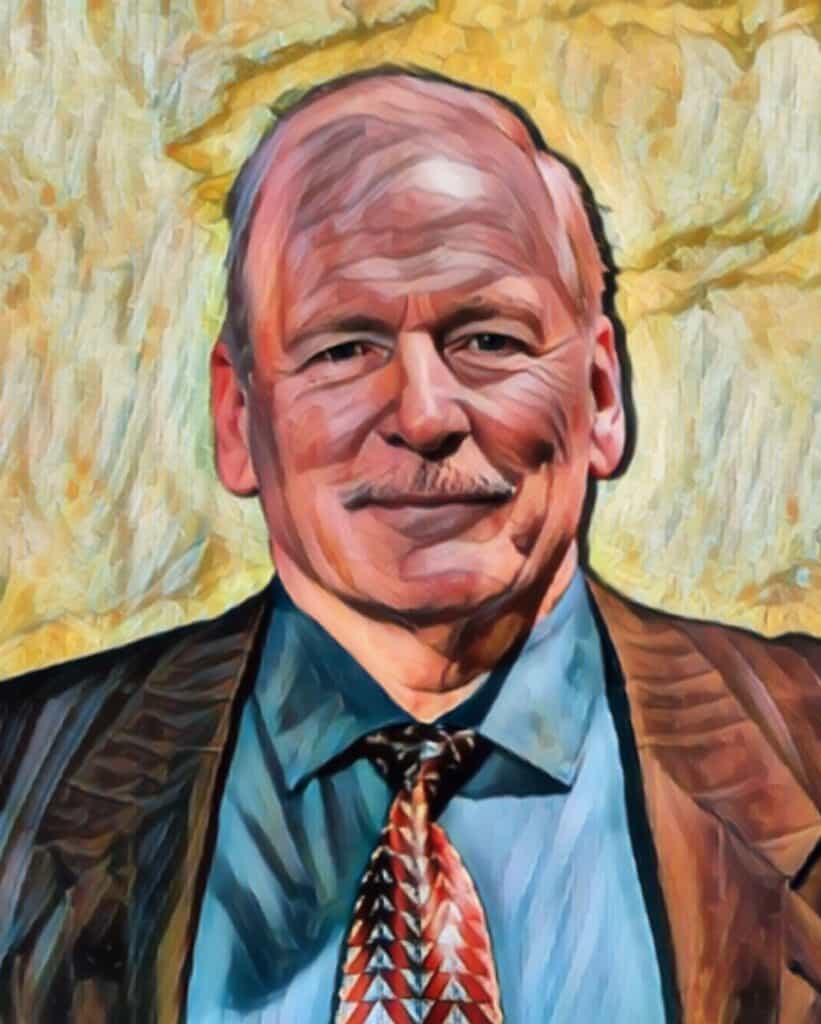“Foreign exchange is a twenty-four-hour market. It doesn’t go to sleep when you leave at 5 P.M. The market is really there all night, and it moves!”~ Bill Lipschutz
Bill Lipschutz is a highly successful trader known for his expertise in the foreign exchange market. He started his trading journey while studying at Cornell University and later joined Salomon Brothers, where he quickly became the head of the forex department. Lipschutz then founded Hathersage Capital Management — a largely successful global macro firm. The following is a breakdown of Bill Lipschutz’s trading strategy along with some of his timeless market wisdom.
Bill Lipschutz’s First Major Trade
Lipschutz explained his first big trade in Jack Schwager’s The New Market Wizards:
The trade involved a bond issue that allowed for redemption in either sterling or U.S. dollars. The issue was grossly underpriced—the problem was that it was mispriced by Salomon Brothers, one of the lead underwriters.[…] At the time, U.K. interest rates were a lot lower than U.S. rates. Consequently, forward sterling was trading at a huge premium to the spot rate. The way the bond issue was priced, the sterling redemption option essentially assumed no premium over the spot rate, despite the huge premium for the currency in the forward market. Therefore, you could buy the bond and sell the sterling forward at a huge premium, which over the life of the bond would converge to the spot rate. […]The bond matured in four tranches: five, seven, nine, and twelve years. […]The initial response was that I must be wrong somehow. They (Salomon’s team) spent nine hours that day running it past every quant jock in the house until they were convinced I was right. […] by the time I got the approval, $50 million of the first tranche had already been sold. […] I was able to acquire $135 million of the total outstanding issue of $150 million. Once I bought the issue, I immediately sold an equivalent of 50 percent of the total amount in the forward sterling market.[…] what ultimately happened is that U.K. interest rates eventually reversed from below to above U.S. rates, thereby causing the British pound forward rates to invert from a premium to a discount to the spot rate. I covered the whole position at a huge profit.
Markets are efficient 99% of the time. This fact caused an entire banking team to scramble for nine straight hours to confirm that Lipschutz actually did find a mispricing.
On the rare chance you find an opportunity like this, it pays to remember “Totis Porcis” and go for the jugular. As you saw above, if Lipschutz could, he would have bought even more of the bond issue to fully capitalize on this golden deal.
Bill Lipschutz On Never Missing An Opportunity
“Missing an opportunity is as bad as being on the wrong side of a trade!”
Another great trade for Lipschutz was around a G-7 meeting in which the major industrialized nations agreed to try and lower the value of the dollar. Lipschutz was on vacation and almost missed the market move:
This was the first time that we saw a coordinated policy statement from the seven industrialized nations. Anyway, I was out of the country at the time of the G-7 meeting. I don’t take vacations very often, but I had a very good year, and I was in Sardinia at the time. Sardinia is fairly isolated, and it takes something like two hours to make an overseas call.[…]The meeting didn’t have any significant implication at the time; it was just a bunch of bureaucrats getting together to talk down the value of the dollar. […]we had a small short dollar position, but nothing significant […] Anyway, I’m lying on the beach, totally oblivious to the ongoing bedlam in the world currency markets. For whatever reason— probably because it was close to the end of my vacation and I was starting to think about getting back into the markets—I decided to call my office early Monday morning, New York time, and check whether everything was running smoothly in my absence. With great difficulty, I finally got a line through to New York, but there was no answer in my office. The failure to get an answer was very unusual because my assistant, Andy [Andrew Krieger], always came in very early. I was a little concerned. I then called our London office to check on the currency markets. “Dennis, what’s going on in the currency market?” I asked. “You know about the G-7 meeting, of course, don’t you?” he asked. “No,” I answered. “What are you talking about?” “Well, they’ve come up with this manifesto to bring down the value of the dollar, and the dollar is going to hell.” “Do you know where Andy is?” I asked. “Oh, Andy is out sick today,” he answered. This was odd, because neither one of us was ever out sick. After a great deal of effort, I finally got through to Andy at home. He was in bed with the flu and running a high fever […]The interesting thing was that as soon as Andy read the news, he went into the New Zealand market, which is the first of the world’s currency markets to trade after the weekend. Not many people traded in that time zone, and it was a very thin market. I think he was only able to get price quotes at all because we (Salomon Brothers) frequently traded $20 million to $50 million on Monday mornings in New Zealand. Therefore, it was not abnormal for Andy or myself to call. We had established relationships in that trading center when very few others—New Yorkers or Europeans—had. […]To make a long story short, for six hours I had an open line from my hotel room in Sardinia to Andy, who was out sick, flat on his back, in Englewood, New Jersey. It was so difficult getting an overseas phone connection that we just left the line open all day. Andy had the line to me and an open line to the floor on the Philadelphia Stock Exchange, where we were trading currency options. In addition, he had his wife run out to Radio Shack as soon as they opened to purchase one of those extra-long telephone cord extensions. He then brought in a third line from the neighbor’s house to allow him to establish an open phone to our spot dollar/mark broker so that we could trade the cash market. We traded that way for six hours. We made $6 million that day, which at that time was probably more than 25 percent of our total annual profits.
Bill Lipschutz On Risk Control and Position Sizing
There are a lot of elements to risk control: Always know exactly where you stand. Don’t concentrate too much of your money on one big trade or group of highly correlated trades. Always understand the risk/reward of the trade as it now stands, not as it existed when you put the position on. Some people say, “I was only playing with the market’s money.” That’s the most ridiculous thing I ever heard. I’m not saying that all these concepts crystallized in one day, but I think that experience with my own account set me off on the track of considering these aspects much more seriously. If most traders would learn to sit on their hands 50 percent of the time, they would make a lot more money.”
Sometimes the best form of risk control is not taking a trade in the first place. This is a problem for many traders who overtrade instead of waiting for a fat pitch.
And on top of overtrading, most traders don’t use the correct position sizing either. As legendary trader Bruce Kovner explains, many beginning traders size their positions “three to five times too big”. To manage this, Lipschutz prefers to scale in and out of positions:
You have to trade at a size such that if you’re not exactly right in your timing, you won’t be blown out of your position. My approach is to build to a larger size as the market is going my way. I don’t put on a trade by saying, “My God, this is the level; the market is taking off right from here.” I am definitely a scale-in type of trader. I do the same thing getting out of positions. I don’t say, “Fine, I’ve made enough money. This is it. I’m out.” Instead, I start to lighten up as I see the fundamentals or price action changing.”
Bill Lipschutz On Trading Drawdowns
When you’re in a losing streak, your ability to properly assimilate and analyze information starts to become distorted because of the impairment of the confidence factor, which is a by-product of a losing streak. You have to work very hard to restore that confidence, and cutting back trading size helps achieve that goal.
Streaks happen. It’s how the market works. When you’re on a winning streak, you may want to size up, but when you’re losing, sizing down will not only protect your financial capital, but your emotional capital as well. Seeing smaller and smaller losses helps you maintain your emotional state during the drawdown so that when the market finally turns around, you won’t be too psychologically bombed out to capitalize on it.
If you want more lessons from legendary investors like Bill Lipschutz, check out our free guide on the strategies of the most successful traders here.










